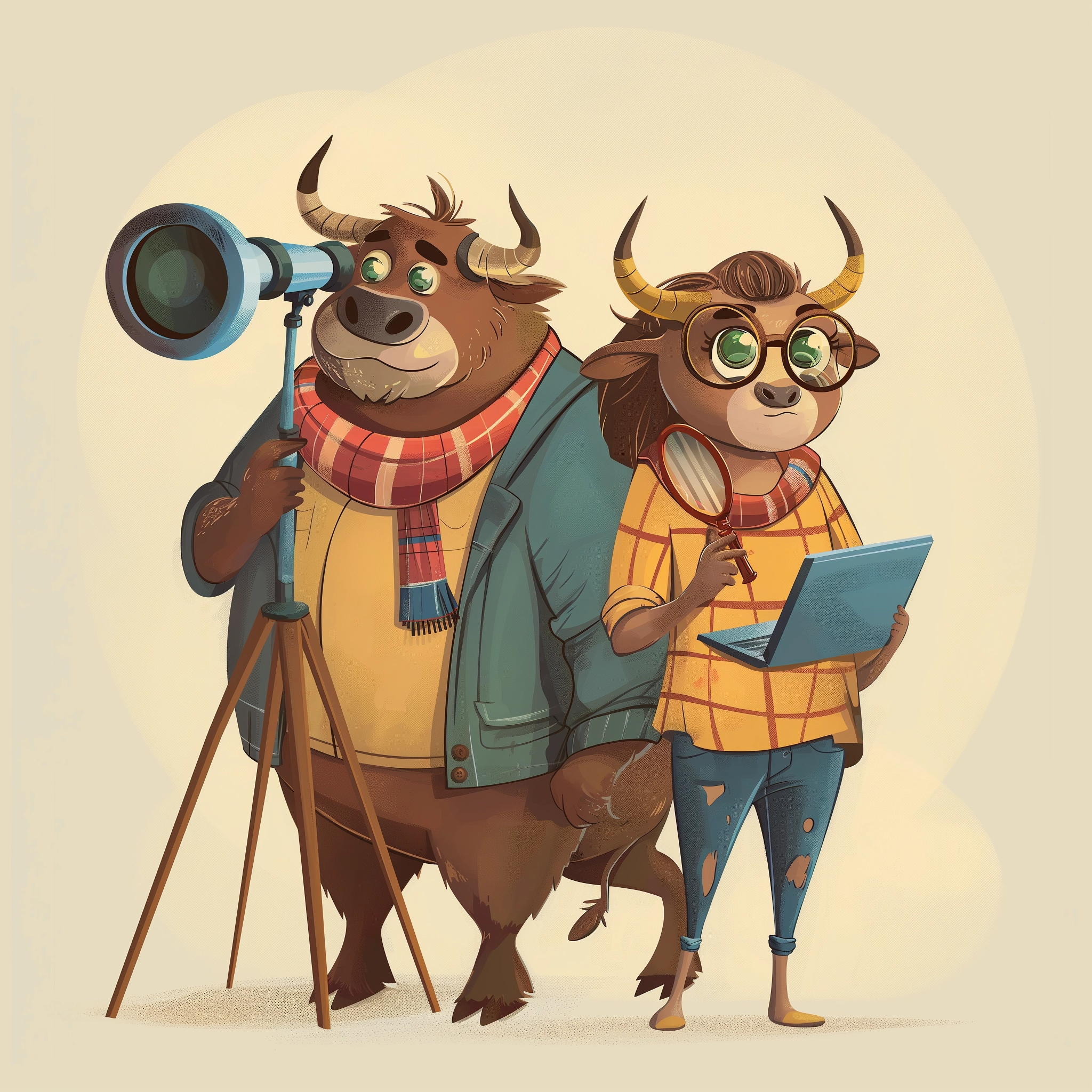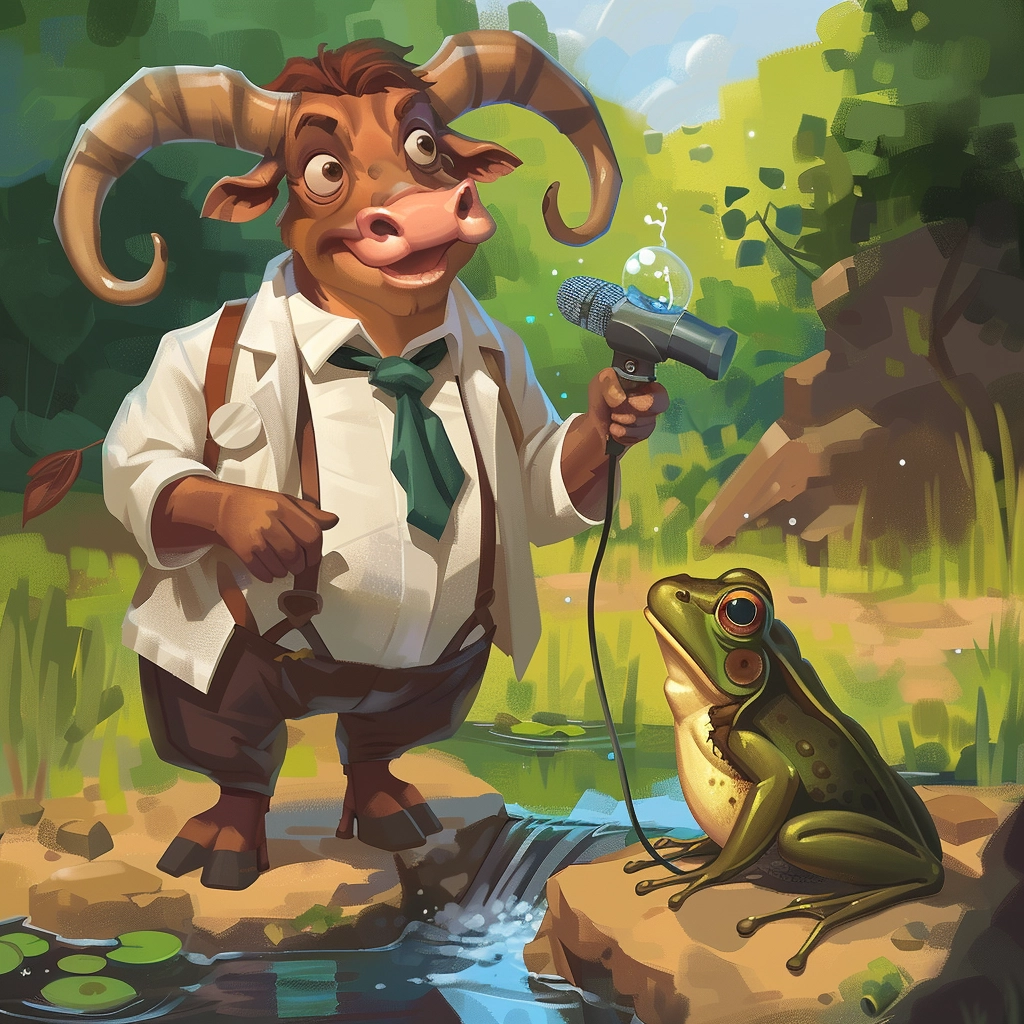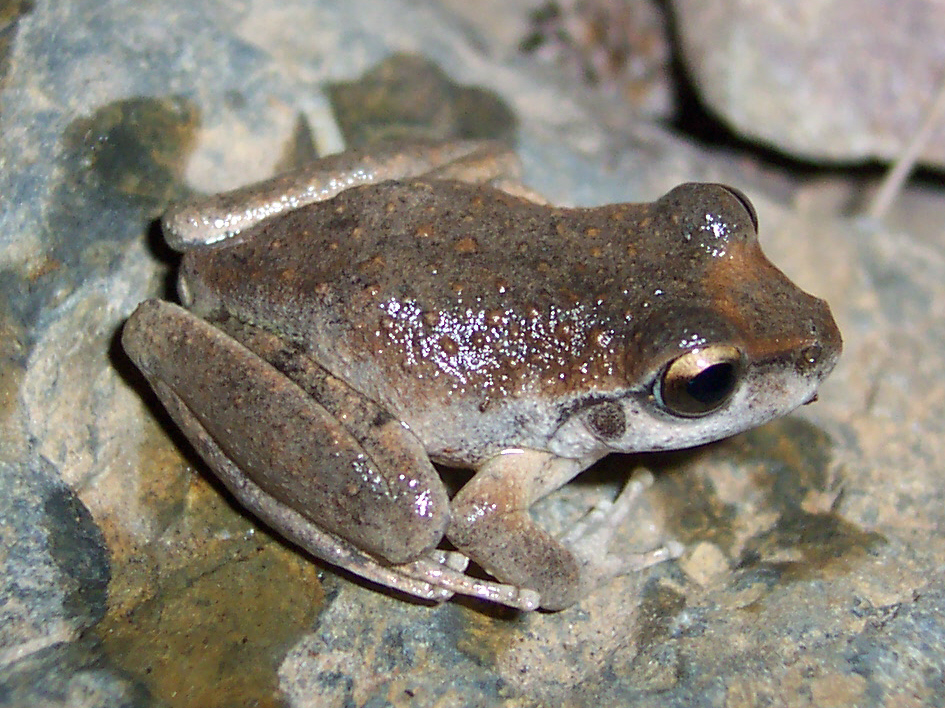| Known extent of L. booroolongensis in Oberon region in 2012 | |||||
|---|---|---|---|---|---|
| Excerpt from Appendix 1 of National Recovery Plan for Booroolong Frog Litoria booroolongensis, 2012 | |||||
| Streams occupied |
Estimated Length of Stream Occupied (km) |
Estimated Proportion within Conservation Reserve |
Significant immediate threats | Targeted Conservation Works in Progress |
|
| Drying | Weeds/ Sedimentation |
||||
| Abercrombie River | |||||
| Abercrombie R | > 20 | 20 | X | X | X |
| Copperhannia Ck | 4.3 | 40 | X | ||
| Gove Ck | unknown | 0 | X | ||
| Retreat R | 18 | 90 | X | X | |
| Silent Ck | 10 | 80 | X | ||
| Cooksvale Ck | unknown | 0 | X | X | |
| Tuena Ck | > 5 | 80 | X | ||
| Sewells Creek | |||||
| Campbell R | 2.5 | 0 | X | X | |
| Chain of Ponds Ck | 3 | 0 | X | X | |
| Native Dog Ck | 3.5 | 0 | X | X | |
| Captain Kings Ck | 7 | 0 | X | X | |
| Wisemans Ck | 2 | 0 | X | X | |
| Sewells Ck | 20 | 0 | X | X | |
| Upper Fish River | |||||
| Fish R | 1.5 | 0 | X | X | |
| Duckmaloi R | > 1 | 0 | X | X | |
| Lower Fish River | |||||
| Fish R | 2 | 0 | X | X | |
| Turon River | |||||
| Coolamigal Ck | 3.5 | 100 | X | X | |
| Turon R | 40 | 30 | X | X | |
| Round Swamp Ck | > 2 | 0 | X | X | |
FrogID
Interested individuals are encouraged to download the FrogID app and start recording and identifying frogs around their homes and properties. Depending on the level of interest amongst members, OCSN may contact the FrogID team at the Australian Museum to discuss the possibility of organising some systematic frog surveys by OCSN members, guided by FrogID scientists, of frogs in various places in Oberon LGA, as discussed below.
FrogID is a fantastic citizen science initiative run by the Australian Museum in Sydney but supported by dozens of universities and government agencies from across Australia. In 2019 it won the Eureka Prize in the Citizen Science category.
Participation in the FrogID project is easy, all you need is a smartphone. You download the free FrogID app, and use it to record frog calls using the microphone built in to your phone. Better external directional microphones can also be used – access to these is something OCSN may be able to help members with in the future. The recording and some information on where it was made, as well as your best guess about the species (the app provides help with this, so you learn a lot about frogs in the process) are then uploaded automatically to a central database run by the Australian Museum. A trained herpetologist (a frog and amphibian scientist) will then review your recording and provide feedback to you. A video showing all this is available below.
Monitoring Central Tablelands “High Country” frog populations
The Oberon region contains many frog habitats, including rare “high country” habitats. relatively little is known about the health of frog populations in these unusual habitats which, like rivers and wetlands in so many places, are under threat from development, introduced fish and diseases (especially trout and the chytrid fungus) and, of course, climate change.
The critically endangered Booroolong frog
In fact, Oberon LGA hosts some of the few known habitats of the critically endangered Booroolong frog (Litoria booroolongensis). It is thought that as few as 5,000 examples remain in the wild, many of which are found in the Abercrombie River catchment (including the Retreat River), and in the area around Essington.
The National Recovery Plan for Booroolong Frog Litoria booroolongensis published in 2012 by the NSW government Office of Envoronment & Heritage is worth reading, particularly Appendix 1, which lists the extent of L. booroolongensis as it was known in 2012. Whether the Booroolong frog can still be found at all the sites listed in appendix 1, reproduced below, is currently unknown.
There may be opportunities for OCSN members to collaborate with frog scientists at the Australian Museum and universities to collect better data on the Booroolong frog in the Oberon region, as well as other species. More information on Booroolong frog conservation efforts can be found here on the Australian Museum web site.
Here is a video showing current data from the FrogID database on identifications in Oberon LGA. More identifications are needed!
Current FrogID records in Oberon SLA (excluding endangered species)
Frogs and Wind farms
One of the reasons why it is so important to monitor frog populations is that they can be very vulnerable to human development and land use changes. For example, there is a proposed development of a large wind turbine farm at Paling Yards, which is in the catchment area of the Abercrombie River. There has been little or no consideration of the effect of wind farm development on the Booroolong frog in the Paling Yards development EIS (environmental impact statement). In fact, the Biodiversity Development Assessment Report for the Paling Yards Wind Farm notes on page 44 that no Booroolong frogs were recorded within 10km of the proposed development area, which appears to be at odds with data collected by the FrogID project. There is clearly a role for local OCSN citizen scientists, working in collaboration with FrogID scientists, to check these facts.
There are also many other vulnerable or threatened species listed in the Biodiversity Assessment Report for Paling Yards, including many bird species. There is a role for OCSN members to collect more data to better inform such environmental impact assessments – see also the proposed BirdNET sensor project.
The proposed Pines Wind Farm in state forests south of Oberon also has the potential to impact vulnerable frog populations, and developing OCSN projects to collect essential baseline data while that proposal is still in the investigation phase should be a priority project for OCSN.


